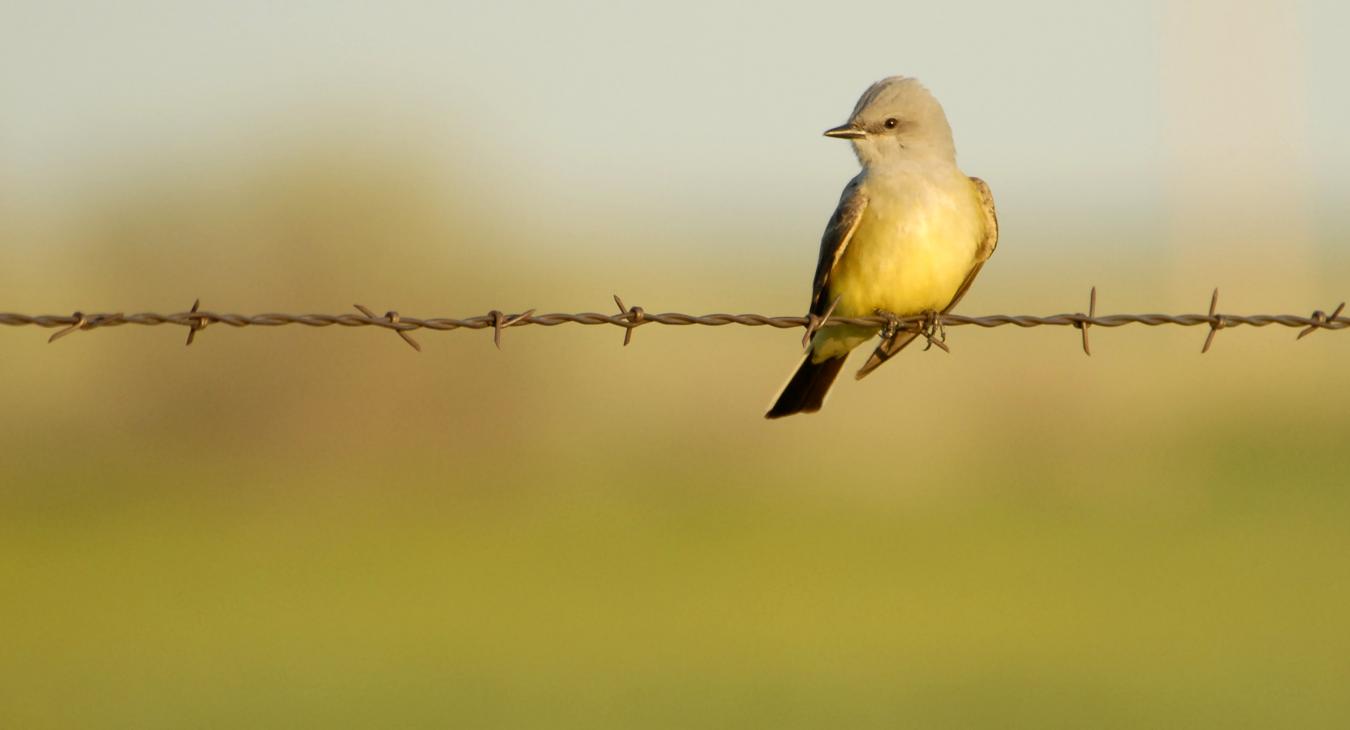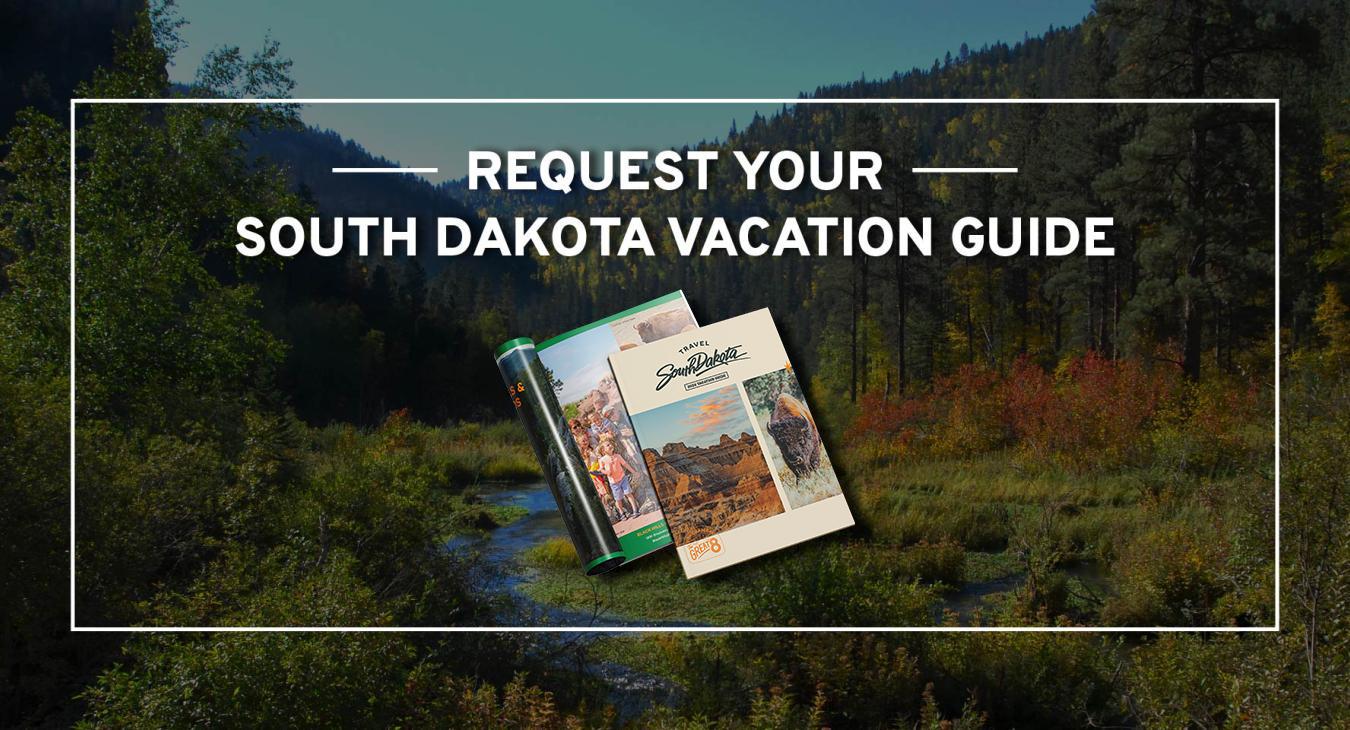The Black Hills & Badlands has come to life, moving with the springtime cadence of the bison calf hooves chasing their herd, birds chirping into the sunshine, and the wind whistling through the fresh green grass as fawn prance and play.
A drive or hike through the Black Hills & Badlands provides an opportunity to witness the new additions to our parks in action, and with the help of Lydia Austin with Custer State Park, we’re here to offer a glimpse of what you will find when vising the Black Hills & Badlands this spring. American bison calves are often the stars of the show, there is an abundance of white-tailed deer and antelope fawn, big horn sheep lambs, and burros for visitors to watch and photograph. This wildlife and their newborns are found throughout various Black Hills & Badlands parks and recreation areas.
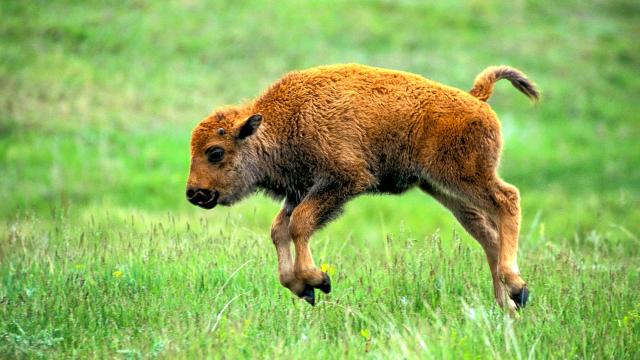
American Bison Calves
Many visitors to the region are eager to witness the new American bison calves. By far the most popular little tykes in the Black Hills & Badlands, bison calves are cinnamon in color and born bound and ready to explore their surroundings. Just a few hours after birth, these babes are up and running with other calves and their herd. Bison calves are 30-70 pounds, so be sure to keep a safe distance. Mama bison – which weigh in at 1,800-2,400 pounds - also will be near, protecting her calf from predators.
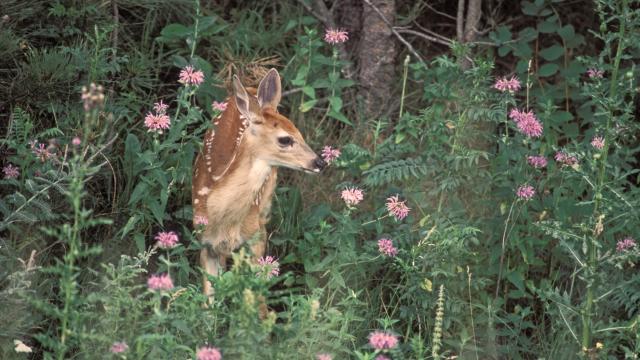
White-tailed & Antelope Fawn
Fawn, born from white-tailed deer, are abundant in the Black Hills & Badlands. These adorable white speckled fawns can be seen bounding the meadows during a drive through the Black Hills & Badlands. As they are a bitt wobbly on their skinny legs, these cuties will also provide an affectionate chuckle as they learn to navigate their surroundings.
South Dakota antelope, also known as pronghorns, are found within the prairies and near Wind Cave National Park, a Pronghorn is fast, reaching speeds up to 60 miles per hour, making them the fastest mammal in North America.
Fawns are born in late May to early June, and twins are common – a double dose of cuteness! Antelope fawns lack the white speckles found on white-tail fawn. A mother does not leave her newborn for more than 20 minutes, so if you spot a solo bounding baby pronghorn, know mama isn’t far!
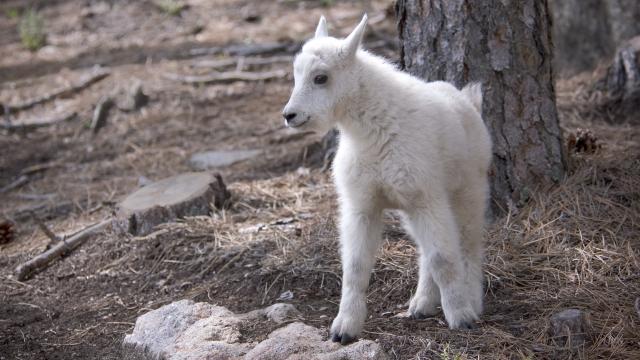
Big Horn Sheep Lambs
Big horn sheep lambs will greet visitors with their smiles along rocky edges of the Black Hills & Badlands. They can often be spottled along the roadway of the Spearfish Canyon Scenic Byway or effortlessly scaling the granite rocks of the Black Hills. Keeping to the higher ledges provides protection for the young lambs from predators. Like baby fawn, big horn sheep lambs become more visible after the first few months.
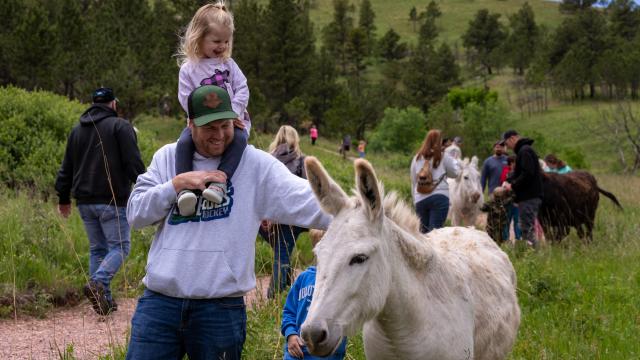
Baby Burros
These sweet burros tiny prancing hooves will fill your heart with delight, as they make their way along the grassy knolls and winding roads of Custer State Park. Baby burros wear a fuzzy, soft coat and their larger, floppy ears and a bit too long legs give them the perfect dose of cuteness and awkwardness as they frolic and play. While the full-grown burros may greet you at your car window, asking for a treat, (they are called the Begging Burros for a reason) be aware that these burros will be protective of the babies by their side.
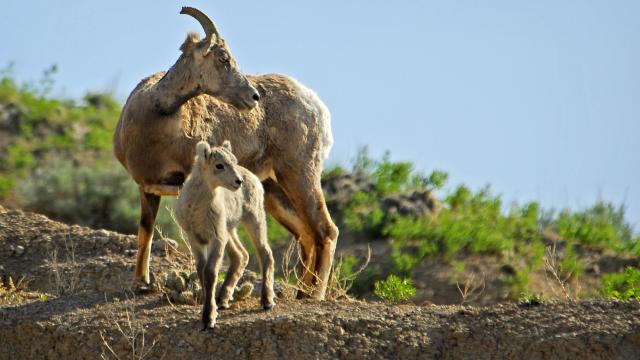
Viewing Springtime Babes
There is no shortage in viewing wildlife in the Black Hills & Badlands. Bison calves, fawn, and lambs began entering the world at the end of March. But as new life enters the region, some animals may be shy in bringing in their newborns around for a photo opp. During the spring months, mid-morning is the best time to view the sweet babes in action, as they chase the sunshine and green grass as the winter snow melts. As the weather warms, wildlife will be more active in the early morning and late evening when it is cooler.
Popular wildlife destinations include Custer State Park, Badlands National Park, Wind Cave National Park, Lake Pactola, and Spearfish Canyon. While Highway 16A is a main corridor for the Wildlife Loop in Custer State Park, it is recommended to drive the interior roads of the park, as well, to view the abundance of wildlife. Big horn sheep, for example, may keep their young hidden from the main loop for several months, so driving interior roads offer opportunities to see other animals in the Black Hills.
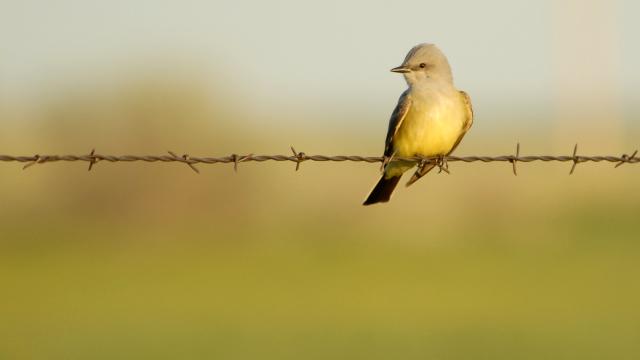
Birdwatching
More than 200 species of birds call the Black Hills & Badlands home. And with the thaw of winter and wisps of fresh spring air comes the return of a variety of feathered friends from ducks and geese to bluebirds and burrowing owls to grouse.
With such an expansive bird population, birdwatching is a popular and peaceful pastime for visitors to the region. The Black Hills & Badlands is nothing short of serene viewing areas. Hot spots for bird watching include Custer State Park, Wind Cave National Park, Spearfish Canyon, and Lake Pactola.
Birdwatchers can hit the trails to find the perfect spot to birdwatch or take in the surroundings from various recreation areas near accessible parking areas, making bird watching a pastime for all ages and abilities. Lakes will offer the best viewing opportunities for waterfowl, such as the mallard and wood duck and their fluffy, waddling ducklings. These playful ducklings can be found following their mother on a trail or in the water in what seems like the perfect row, leaving the mothers viewing these adorable babes a bit envious!
The key to a successful birdwatching excursion is patience. It is recommended to find a quiet area to sit while watching for birds. Wear layers, fill a thermos of coffee, pack breakfast and enjoy the serenity the Black Hills & Badlands has to offer while perusing through a recommended bird guidebook. You will catch birds twittering on the ground, perching in tree branches, or midflight. It would be beneficial to bring a pair of binoculars, as well as familiarize yourself with popular bird calls.
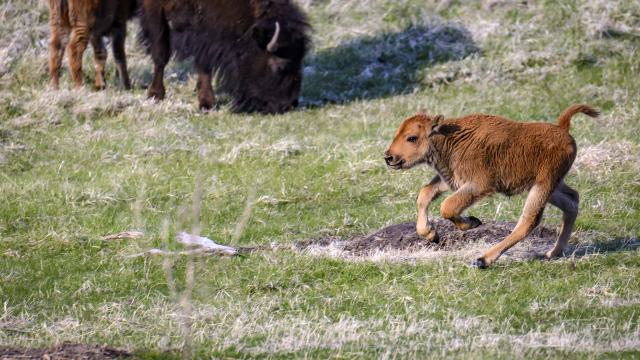
Be Prepared
Spring weather can be fickle in the Black Hills & Badlands, so it is important to dress in layers, as the mornings are cooler, and temperatures will begin to rise throughout mid-morning. Bring rain gear and wear appropriate footwear that can withstand muddy trails when capturing a photo or hiking to birdwatch. Additionally, be mindful of trail conditions and the surrounding landscape. Practice “Leave No Trace” and stay on the designated trail systems. If a trail is muddy, walk through the mud and not around it. This keeps the trail from widening and minimizes erosion. It is also important to communicate with someone on where you will be hiking.
Capture a memory
Without a doubt, you will want to capture these playful cuties against the granite spires, fresh green pine and rocky backdrops. We recommend a 70 to 200 mm zoom lens to capture these babes in action, but also exercise caution and keep a safe distance. Mamas will be protective and all of us with the Black Hills and Badlands want to ensure your and the animals’ safety.
We also encourage you to stop at park visitor centers and chat with rangers. The experts in the Black Hills & Badlands are excited to share their passion and extensive knowledge on the wildlife in the region.
We’re sure that after viewing the prancing and adorable antics of the new wildlife in the region, one can’t help but put a little extra spring in your step when enjoying adventures in the Black Hills and Badlands.

